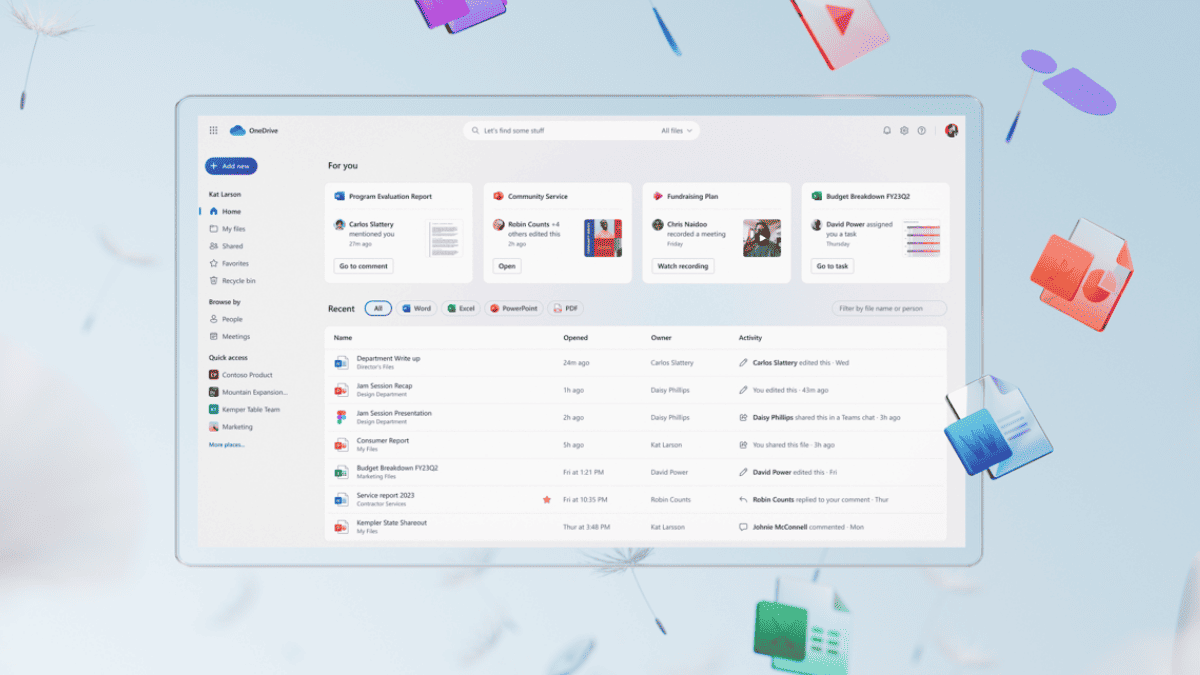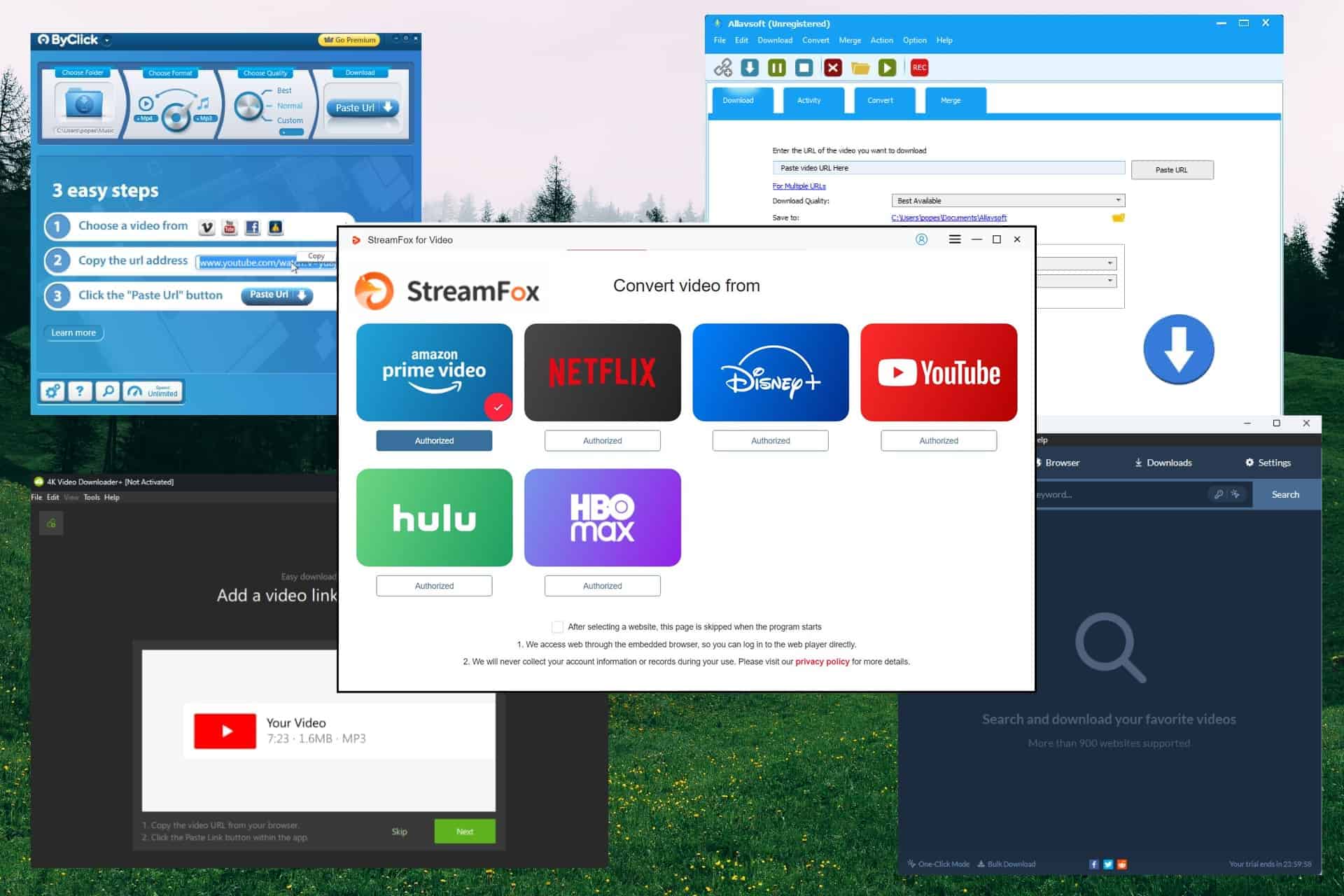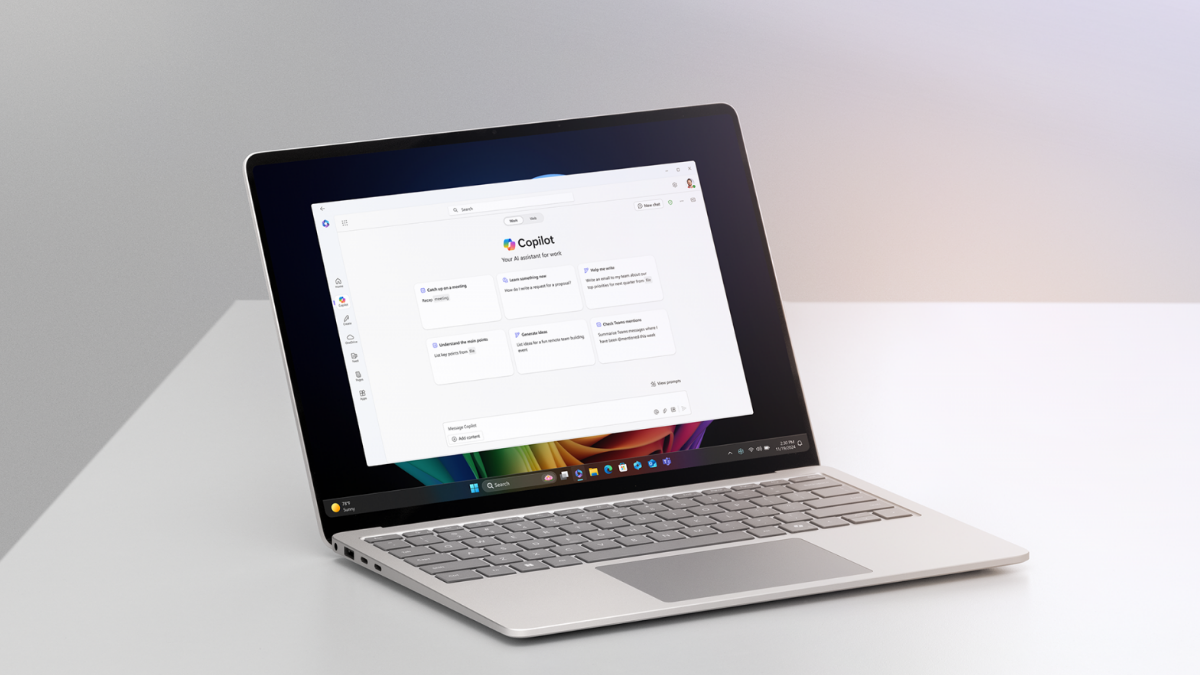Microsoft responds to Productivity Score accusations with changes
2 min. read
Published on
Read our disclosure page to find out how can you help MSPoweruser sustain the editorial team Read more

There has been a lot of hubbub about Microsoft’s new Productivity Score feature, an element of their new Microsoft Workplace Analytics tool, which would assign a number to how well an employee was engaging with their work and colleagues using electronic communication, with many calling the micro-managing surveillance dystopian.
Microsoft has now responded to the concerns by announcing a series of changes to their tool, which they hope will protect individual privacy, while still giving organizations the data-driven insights they need to manage their digital transformation.
The changes include:
- Microsoft is removing user names from the product. Previously the tool showed end-user names and associated actions over a 28-day period. In response to feedback over the last week, Microsoft is removing that feature entirely. Going forward, the communications, meetings, content collaboration, teamwork, and mobility measures in Productivity Score will only aggregate data at the organization level—providing a clear measure of organization-level adoption of key features. No one in the organization will be able to use Productivity Score to access data about how an individual user is using apps and services in Microsoft 365.
- Secondly, Microsoft is modifying the user interface to make it clearer that Productivity Score is a measure of organizational adoption of technology—and not individual user behaviour. Microsoft says Productivity Score produces a score for the organization and was never designed to score individual users. Microsoft will make that clearer in the user interface and improve their privacy disclosures in the product to ensure that IT admins know exactly what they do and don’t track.
Microsoft notes the remaining three measures in the product— Microsoft 365 App health, network connectivity, and endpoint analytics—does not include user names. These measures use device-level identifiers so IT can troubleshoot endpoint, network, and app issues to provide proactive tech support, minimizing disruptions and reducing help desk tickets.
Microsoft says they appreciate the feedback and while they were committed to both data-driven insights and user privacy, they always strive to get the balance right and will listen carefully and make appropriate adjustments where appropriate.
Do our readers think Microsoft went far enough to fix the issues? Let us know below.









User forum
0 messages